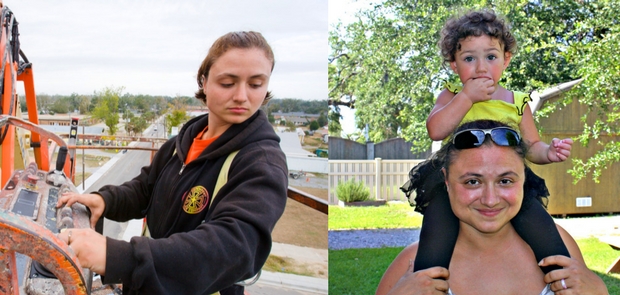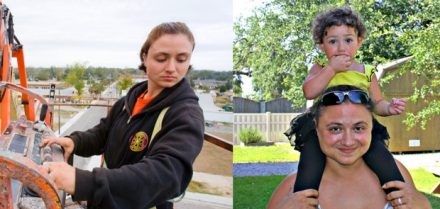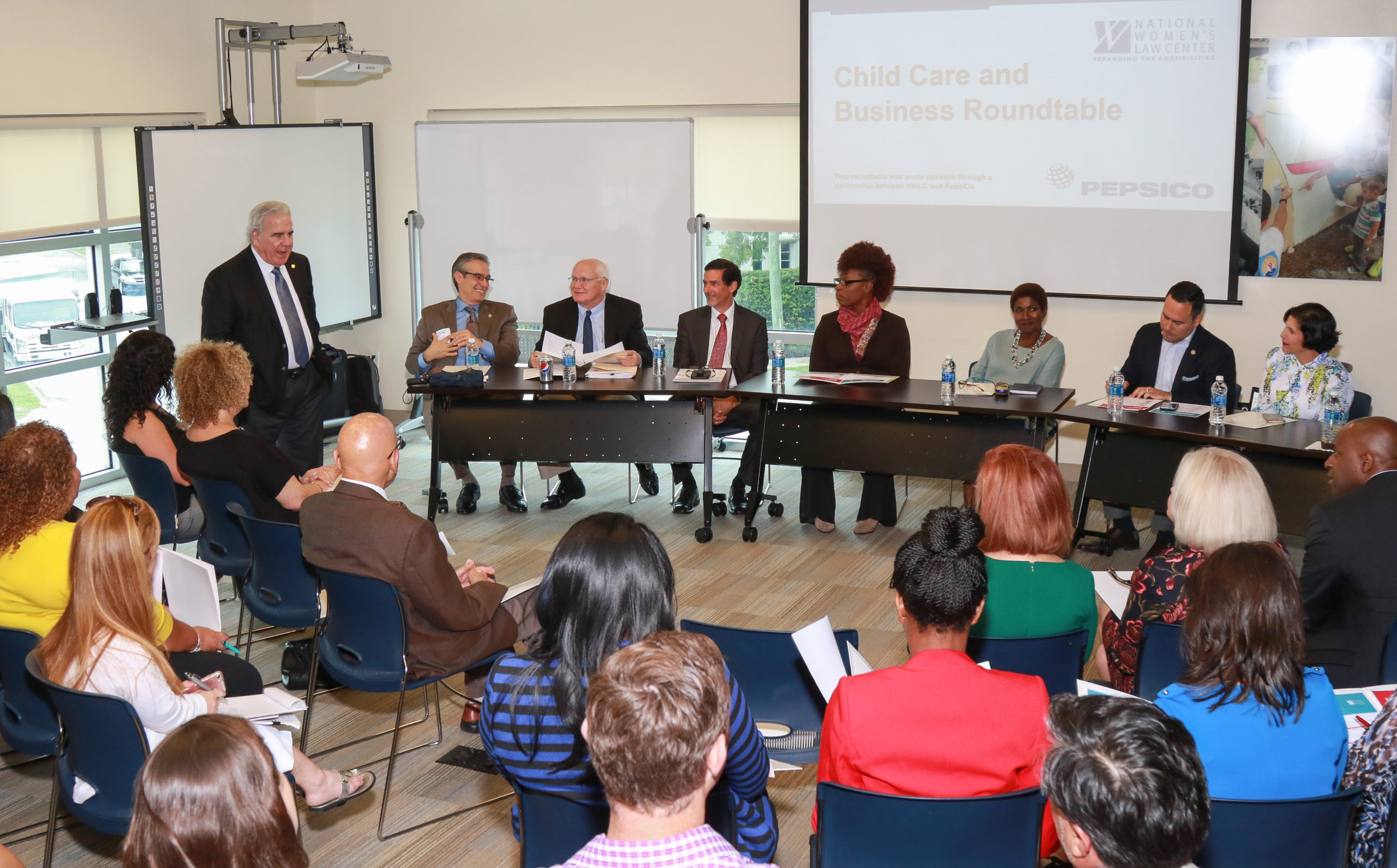Abortion rights, women of color, and LGBTQIA+ people are under attack. Pledge to join us in fighting for gender justice.
Rethinking Workforce Training for Low-Income Moms

 This is a guest post by Carol Burnett. Carol Burnett. Carol is the founder and executive director of the Mississippi Low-Income Child Care Initiative, a nonprofit that has been a champion for affordable child care for low-income working parents since 1998.
This is a guest post by Carol Burnett. Carol Burnett. Carol is the founder and executive director of the Mississippi Low-Income Child Care Initiative, a nonprofit that has been a champion for affordable child care for low-income working parents since 1998.
Single moms work, but gender inequity and the lack of affordable child care leave them unable to work their way into economic security. A new policy brief that was released today is highlighting an innovative approach in Mississippi that builds a real pathway for women to economic security. The model includes job training for women in nontraditional construction occupations that pay higher wages than women typically earn in the state workforce coupled with child care assistance made available not only while moms complete training, but also while they search for employment and begin work.
In the report, “Coupling Child Care with Pathways to Nontraditional, Higher Paying Work: Bridging Mississippi’s Skills and Wage Gap,” the Mississippi Low-Income Child Care Initiative shares highlights of its partnership with the Biloxi, MS-based Moore Community House Women in Construction (MCH WinC) program. MCH WinC trains women for nontraditional careers in the construction trades to increase their earning power and family economic security. In the realm of middle-skill occupations, higher paying work for women often means nontraditional work in which women are drastically underrepresented, but better paid.
Prioritizing moms for workforce training requires the provision of child care so moms can successfully participate and transition into work. While child care is essential to a mom’s ability to participate in training and in the labor force, the job training she receives must also be in an occupation that leads to higher-paying wages. If moms are only receiving training that will boomerang them back to low-wage work – even if child care is provided – the training will only reinforce patterns of gender wage disparity and occupational segregation.
While providing child care to low-income moms increases their labor force participation, child care assistance for working moms is woefully inadequate relative to Mississippi’s need. Child Care and Development Fund (CCDF) vouchers only reach 12% of eligible Mississippi children. Work training programs do not typically provide child care, and very few programs target women for nontraditional work.
“This policy brief describes a common-sense, doable, effective solution to what policymakers and others can use to help more women and children,” said Matt Williams, MLICCI director of research and author of the policy brief.
The joint initiative is funded through the creative use of Temporary Assistance for Needy Families (TANF) Block Grant funding, made available through the Mississippi Department of Human Services (MDHS), coupled with funding from the U.S. Department of Labor (DoL) Strengthening Working Families Initiative. The new model allows MCH WinC to provide child care to participants throughout training, job search and initial employment. The program also provides comprehensive case management to ensure the unique needs of different participants are met.
The policy brief provides recommendations for investing in pathways that not only bring underserved moms to higher wages and to greater economic security, but also supports the state’s WIOA implementation, which is to increase the workforce participation rate by closing the skills gap and eliminating barriers to work participation.
Occupational segregation plagues Mississippi’s workforce landscape and contributes to the persistence of the gender pay gap and skills gap. Women make up a mere 2% of full-time, year-round workers in construction and extraction occupations, yet for the few women working in these occupations, their median earnings are significantly higher than female median earnings in other middle-skill occupations.
To change the course for low-income working moms, states should identify what occupations lift women above poverty-level earnings and build training opportunities for women to enter those occupations, and couple job training with child care assistance. State agencies should combine efforts and work with a range of employers and job training providers to explore how federal and state workforce and safety net funds (TANF block grant and SNAP Employment & Training grants) in addition to private funds, can be used to couple child care, intensive case management and wraparound support services unique to individual needs with nontraditional job training that targets women with child care needs who are currently unemployed or working in a low-wage job.
“It is a fallacy that Mississippi’s low-income, single mothers don’t work or don’t want to work,” said Williams. “Ultimately, Mississippi’s women, and particularly single moms, need a pathway into higher-paying work. Providing child care, intensive case management and wraparound supports is a critical part of building that pathway. Disrupting the pattern of occupational segregation by providing training for nontraditional jobs to moms will ensure that more low-income moms can access middle-skill jobs that promise higher wages than current low- and middle-skill jobs provide women. “
Williams said investing in this pathway will not only diversify and improve the state’s economy, it also will increase overall workforce participation.
“Increasing the economic security of single-moms will also lead to immeasurable positive benefits for the hundreds of thousands of Mississippi children living with single moms,” Williams said.
Current best practices such as MCH WinC in Biloxi show that creating such a pathway is possible and very much within reach of the state’s workforce system, he said.
“Implementing this model throughout our state will break down barriers that keep low-income, single mothers from moving out of poverty and create real and effective pathways that support their efforts to achieve economic security through work.”
Hear from some participants of the WIC program and learn more about our work here.




